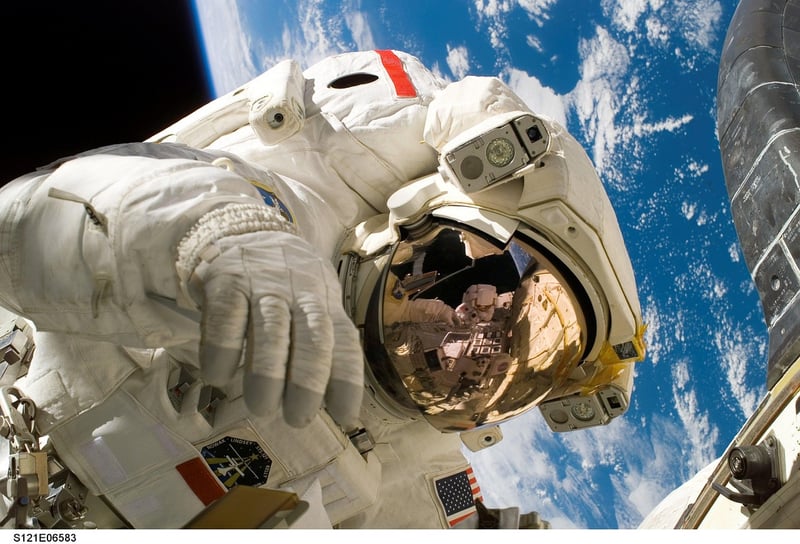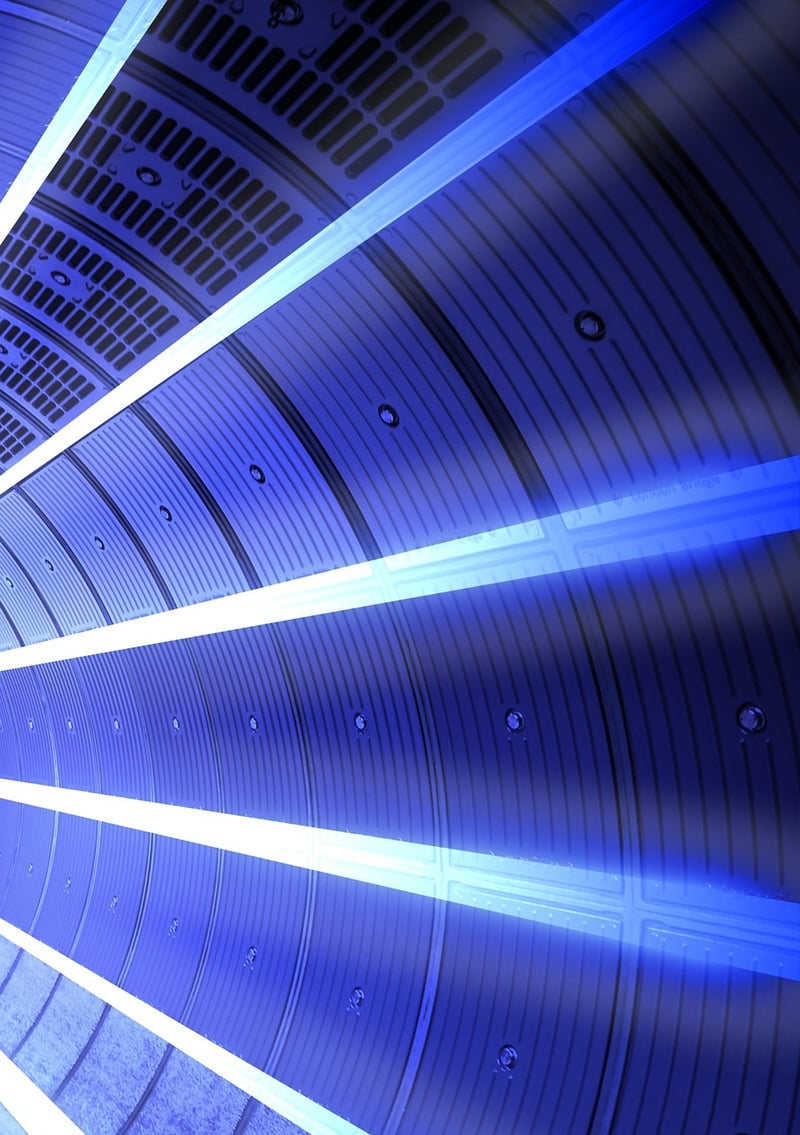Spacecraft Design
Exploring the Cosmos: A Guide to Coordinate Space Missions and Spacecraft Design
Welcome to the exciting world of space exploration! In this guide, we will delve into the intricate process of coordinating space missions and designing spacecraft that venture into the vast unknown of outer space.
The Importance of Coordination in Space Missions
Space missions involve a complex web of tasks that require precise coordination to ensure success. From planning the trajectory to monitoring communication systems, every aspect must work seamlessly together. Coordination is the key to overcoming the challenges of space travel and achieving mission objectives.
Key Aspects of Coordination:
- Launch Timing: Coordinating the launch of a spacecraft with precision is crucial to reach the intended destination.
- Navigation: Accurately plotting the course of a spacecraft through space requires meticulous coordination of trajectory and speed.
- Communication: Establishing and maintaining communication links with the spacecraft is vital for receiving data and issuing commands.
- Collaboration: Space missions often involve collaboration between multiple organizations and countries, emphasizing the need for effective coordination.
Designing Spacecraft for Exploration
The design of a spacecraft plays a crucial role in its performance and capabilities during a space mission. Engineers and designers work tirelessly to create spacecraft that can withstand the harsh conditions of space and fulfill their scientific objectives.
Key Considerations in Spacecraft Design:
- Structural Integrity: Spacecraft must be designed to withstand the forces of launch and the harsh environment of space.
- Propulsion Systems: Efficient propulsion systems are essential for maneuvering in space and reaching distant destinations.
- Payload Capacity: Spacecraft must be able to carry necessary equipment, instruments, and supplies for the mission.
- Power Generation: Reliable power systems are critical for sustaining spacecraft operations during long-duration missions.
By integrating cutting-edge technology and innovative design principles, spacecraft designers push the boundaries of exploration and pave the way for future missions to new frontiers.

Conclusion
Coordination and spacecraft design are fundamental pillars of successful space missions. By mastering the art of coordination and pushing the limits of spacecraft design, humanity continues to unlock the mysteries of the cosmos and expand our understanding of the universe.
Embark on this journey of discovery and innovation, where the possibilities are as vast as the universe itself!
